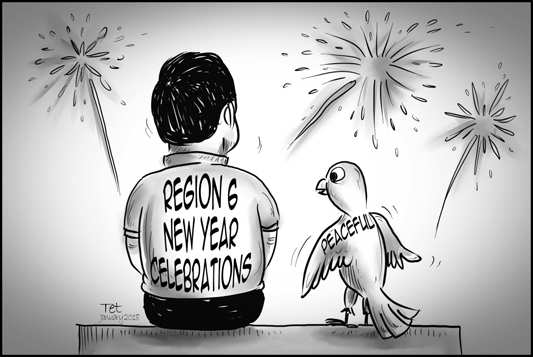
[av_textblock size=” font_color=” color=” av-desktop-hide=” av-medium-hide=” av-small-hide=” av-mini-hide=” av-medium-font-size=” av-small-font-size=” av-mini-font-size=”]
[/av_textblock]
[av_one_full first min_height=” vertical_alignment=” space=” custom_margin=” margin=’0px’ padding=’0px’ border=” border_color=” radius=’0px’ background_color=” src=” background_position=’top left’ background_repeat=’no-repeat’ animation=”]
[av_heading heading=’EDITORIAL’ tag=’h3′ style=’blockquote modern-quote’ size=” subheading_active=’subheading_below’ subheading_size=’15’ padding=’10’ color=” custom_font=” av-medium-font-size-title=” av-small-font-size-title=” av-mini-font-size-title=” av-medium-font-size=” av-small-font-size=” av-mini-font-size=” admin_preview_bg=”][/av_heading]
[av_textblock size=” font_color=” color=” av-medium-font-size=” av-small-font-size=” av-mini-font-size=” admin_preview_bg=”]
OVER 200 people died when tropical storm “Vinta” hit the country. It was certainly far from being a super typhoon. But why such a high death toll?
The deaths were mostly due to flashfloods and landslides, and so questions beg to be answered: Was there a failure to implement preemptive evacuation in areas included within the storm’s path? Were people even informed and alerted that “Vinta” was coming? Was there not enough preparation on the part of local government units (LGUs)?
Obviously, we need to be smart in implementing our disaster mitigation strategies and plans. We need to have a clear picture of our climate and disaster risks. We need to take stock of our current capabilities in the areas of adaptation and mitigation, so we would know what else needs to be undertaken to address our vulnerabilities.
There is a need to promote community resilience. LGUs should prioritize it as part of their political and sustainable development agenda. It is the responsibility of LGUs to ensure that people understand the risks present in their communities. Early and mandatory evacuation will be ineffective if people do not understand the need for such efforts.
We also need to source the funds for these measures. And we need to coordinate all of this immediately and efficiently to protect our country and our people from the impacts of climate change.
We cannot overemphasize the urgency of mainstreaming adaptation measures down to the local level, which includes the establishment of multi -hazard early warning systems, rainwater harvesting, seed banks, mangroves, rooftop gardens, roadside ditches, sea wall, and the conduct of drills for disaster response and preparedness.
We should make adaptation a way of life. It is the way towards building our nation’s resilience. Adaptation should be mainstreamed at the national and local levels because it will save our lives and livelihoods. Mitigation is equally important because we pursue mitigation as a function of adaptation. These should be at the core of local governments’ development agenda in building resilience especially among vulnerable communities.
The tragedies that communities face create the context for learning and growing. It is our shared memory of death, loss and survival that should drive us to build resilient and sustainable communities.
[/av_textblock]
[/av_one_full]







